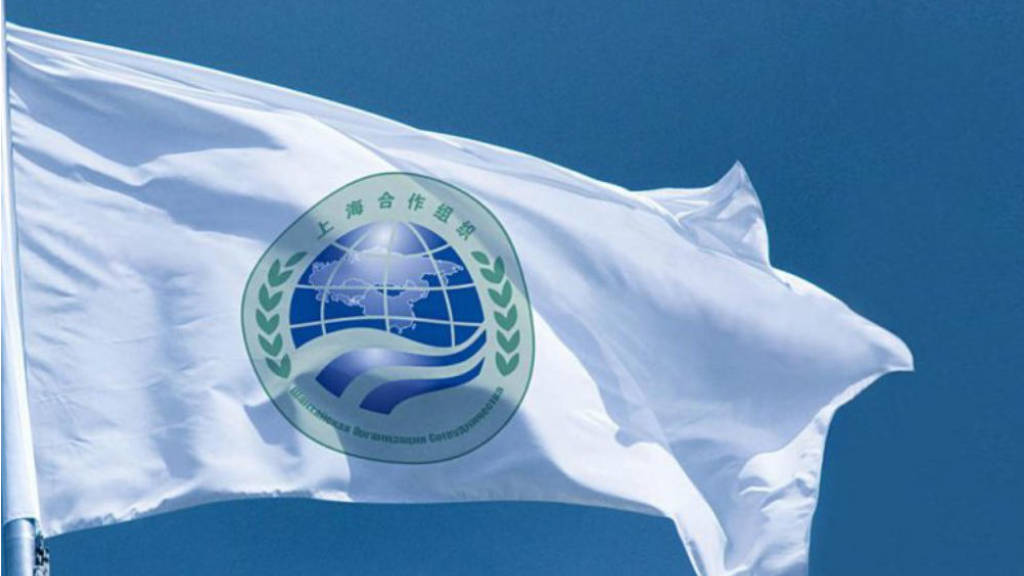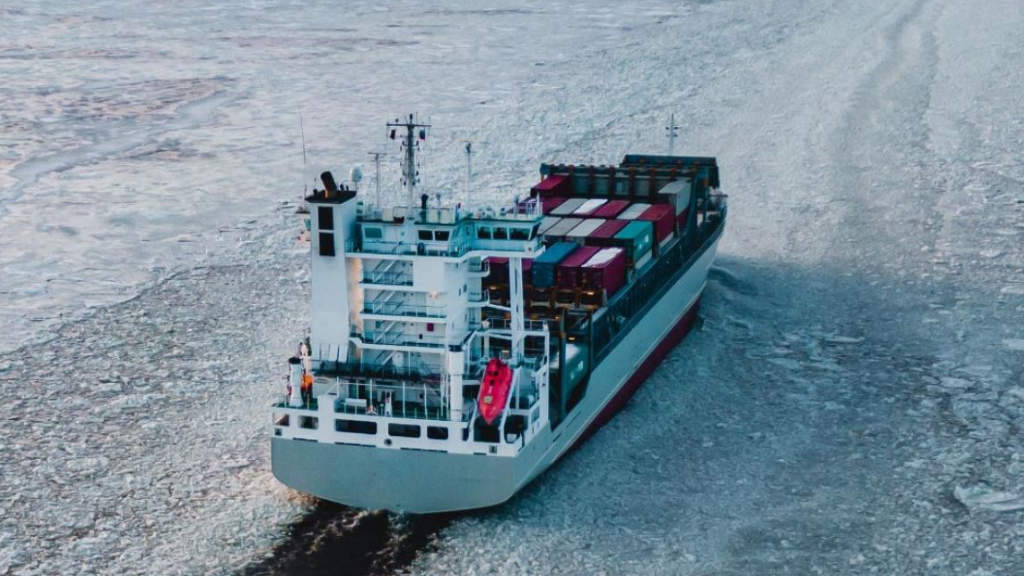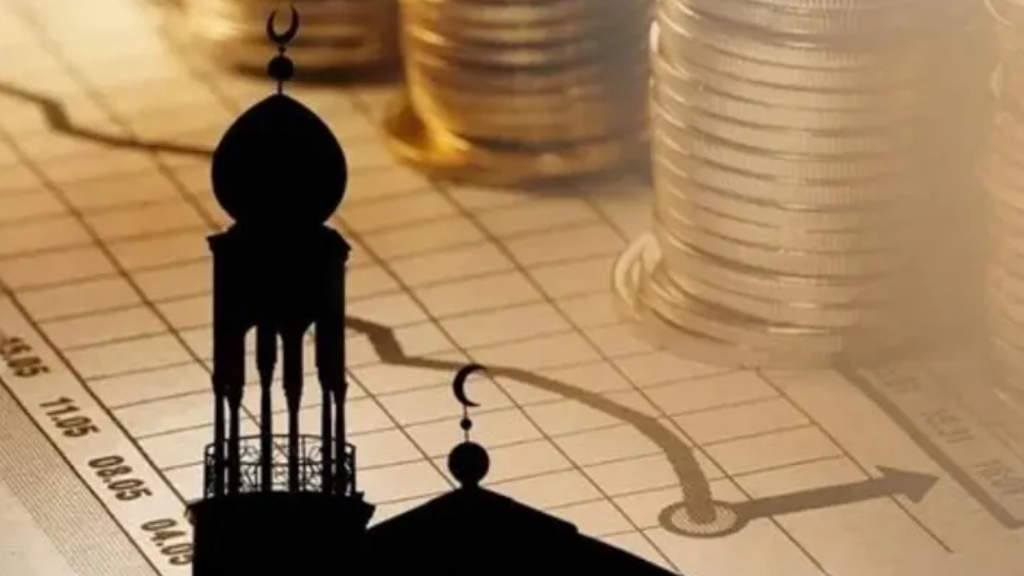The annual Heads of State meeting of the Shanghai Cooperation Organisation (SCO) is set to take place in Tianjin, northern China from August 31 to September 1. It will be attended by more than 20 heads of state, including Russian President Vladimir Putin, in addition to the heads of 10 international organizations, such as the United Nations, World Bank, BRICS, ASEAN, EAEU and CIS. In this article we provide some key data concerning the SCO and compare it with other pertinent organisations.
Shanghai Cooperation Organisation Members & Participants
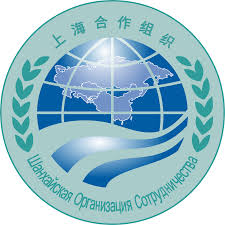
The SCO is an international organization founded in 2001. It includes Russia, Belarus, China, India, Iran, Kazakhstan, Kyrgyzstan, Tajikistan, Pakistan and Uzbekistan. Observer countries are Afghanistan and Mongolia, while SCO dialogue partner countries are Azerbaijan, Armenia, Bahrain, Cambodia, Egypt, Kuwait, Laos, Maldives, Myanmar, Nepal, Qatar, Saudi Arabia, Sri Lanka, Turkiye, and the United Arab Emirates.
Other countries have also applied for status as dialogue partners, including Algeria, Bangladesh, Iraq, Israel, Syria, and Vietnam. Some of these may be formally accepted during the coming summit.
Functions

The SCO was originally founded in 2001 to provide regional security intelligence as the Islamic terrorism situation in Afghanistan began to deteriorate, a situation that culminated in the United States invading the country that same year. Concerned about the threat of Islamic fundamentalism at the time, the SCO was formed at the instigation of China, which had concerns over the situation in Afghanistan impacting its western Xinjiang province, which has a border with the country. While its origins are in regional security, the SCO also functions as significant regional dialogue platform, allowing countries that have long-standing differences (such as India & Pakistan, and Tajikistan & Kyrgyzstan) to maintain dialogue in more low-key side meetings when direct official communications become strained. It also fulfils a humanitarian function as well as regional economic development and trade facilitation.
The European Council of Foreign Affairs has referred to the SCO as a ‘Rogue NATO’ and generally regards the SCO as a potential threat. Interestingly, Turkiye attends SCO meetings and is also a full NATO member.
The SCO is the world’s largest regional organization in terms of geographic scope and population, covering approximately 24% of the world’s total area (65% of Eurasia) and 42% of the world population, meaning about 3.45 billion people live in the ten SCO full member countries. As of 2024, the SCO’s combined nominal GDP accounts for around 23% of the global total, while its GDP based on PPP comprises approximately 36% of the world’s total.
Economics & Trade
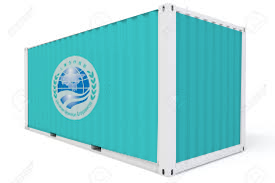
While the SCO has more than trade in its remit, it does coordinate economic and trade development activities with the regional Eurasian Economic Union (EAEU) and Commonwealth of Independent States (CIS) trade blocs, many of whose members are also part of the SCO. We recently discussed the EAEU’s demographics here and the CIS here.
The only other comparable trade organisations in the Eurasian region are the European Union, ASEAN, GCC and SAARC.
ASEAN includes Brunei, Cambodia, Indonesia, Laos, Malaysia, Myanmar, Philippines, Singapore, Thailand and Vietnam. The GCC includes Bahrain, Kuwait, Oman, Qatar, Saudi Arabia and the United Arab Emirates. SAARC includes Afghanistan, Bangladesh, Bhutan, India, Maldives, Nepal, Pakistan and Sri Lanka.
We can compare these organisations size with the SCO as follows (Data from respective Central banks and the World Bank. Figures are in USD):
| Entity | Nominal 2024 GDP | 2024 GDP Growth | 2025 (f) GDP PPP |
| ASEAN | 3.8 trillion | 4.6% | 13.56 trillion |
| EAEU | 2.4 trillion | 4.4% | 5 trillion |
| EU | 19.9 trillion | 1.2% | 29.17 trillion |
| GCC | 3.54 trillion | 3.1% | 9.2 trillion |
| SAARC | 4.47 trillion | 6.0% | 21.7 trillion |
| SCO | 59.1 trillion | 5.1% | 70.38 trillion |
It should be noted that the additional second tier 16 countries that are either SCO dialogue partners or observers would provide the following additional data:
| SCO 2nd tier | 4.34 trillion | 3.2% | 11.46 trillion |
The SCO combined (all ten full members and 16 associates) are as follows:
| SCO Total | 64.45 trillion | 4.15% | 81.84 trillion |
In summary, as concerns these statistics, the Shanghai Cooperation Organisation ten full members have a collective (nominal) GDP nearly three times larger than the European Union, and in economic parity terms, is four times larger.
SCO v NATO
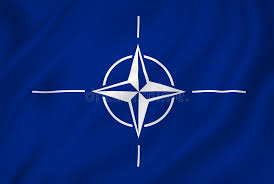
The West often makes disparaging remarks and comparisons between the Shanghai Cooperation Organisation and NATO. In this scenario we can compare them as follows: (SCO ten, Figures in USD). It should be noted that these figures reflect the amounts dedicated to each organisation by their members and not their collective national spend. This is expressed instead in the collective percentage of GDP.
| Entity | Active Military | Annual Military Spend | Collective GDP Spend |
| NATO | 3.5 million | 2.9 trillion | 2.83% |
| SCO | 6.36 million | 750 million | 3.17% |
This data implies that for every 1 dollar the SCO commits to spending on their military capabilities, NATO spends US$3,866.
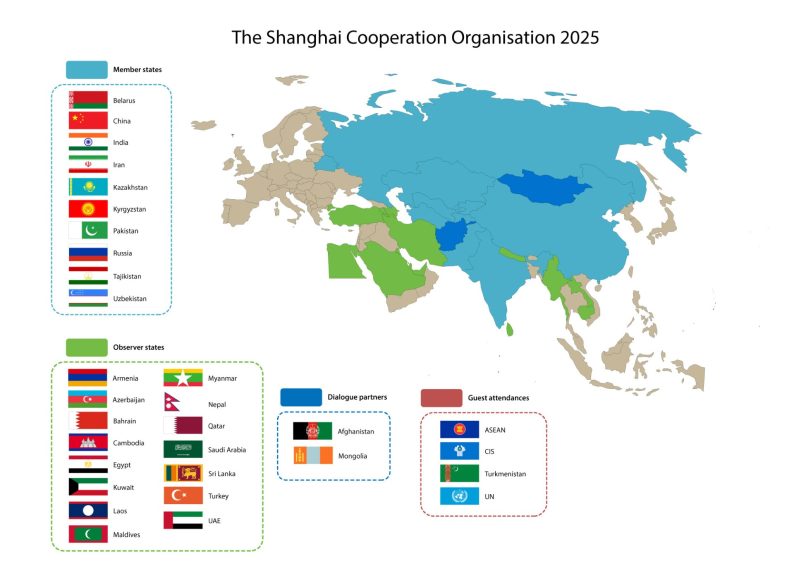
Finance

The Eurasian region is serviced by numerous banks, including the Asian Infrastructure Investment Bank (AIIB), which is headquartered in Beijing, and in which all SCO members retain equity. The bank is capitalised at US$100 billion and is involved in projects throughout the region.
In addition to this, the BRICS New Development Bank (NDB), while not wholly focused on Eurasia does become involved in regional projects involving SCO members. It is also capitalised at US$100 billion. The Asia Development Bank (ADB) is also regionally involved, however is influenced by the United States and Japan. The Eurasian Development Bank is also heavily SCO influenced. These banks are capitalised at US$50 billion. Additional, smaller banks are also involved in providing regional finance, although the market has also been dominated by China’s national outbound spend – the numerous Belt & Road Initiative projects, with estimates that Beijing has committed close to US$1 trillion in funding over the past decade, mostly into the SCO region.
The 2025 SCO Summit: What To Expect

This years’ summit is the largest since the SCO was formed and has taken on special trade and security significance in the wake of Washington’s tariff threats and the overall uncertain global trade and security ambiance.
Comparisons can be made between the recent ‘mini summit’ in Washington between the US President Trump and several senior European leaders, in which the discussions appeared downbeat and subdued. The SCO on the other hand will be a more vigorous meeting, with perhaps a greater sense of unity and forward-thinking, despite some political pressures among certain members. The onus will be on the SCO to unify and strengthen rather than fall into divisions.
In the trade sphere, attention will be paid to creating more stability within the SCO nations themselves, in order to head off the tariffs uncertainty created by the United States. Rather like countries such as Brazil, China, India and Russia have congregated around the BRICS to counter US trade policy, the same can be expected to occur within the SCO. This will almost certainly lead to agreements on regional trade and logistics infrastructure. For example, we recently discussed the merging of digital transport platforms between China, India, Kazakhstan and Russia here.
Agreements on financing this regional infrastructure will also be discussed, with projects either manifesting themselves in G2G, regional banking, or multilateral agreements. A key part of this will be the development of the Trans-Afghan Railway, which would connect landlocked Uzbekistan and Afghanistan with Indian Ocean seaports on the Pakistan coast, as well as provide much-needed commercial opportunities in Afghanistan itself. An estimated US$5 billion is required to make that happen.
Coupled with this will be discussions concerning the further development into Central Asia of the eastern corridors of the International North-South Transportation Corridor (INSTC) and the Middle Corridor to China. The Eurasian Development Bank has estimated the total cost of upgrading and building regional SCO transport networks at US$245 billion.
Then we come to security. Afghanistan appears to have settled, although occasional, albeit localised incidents do occur. Pakistan however continues to suffer terrorism problems, coming to blows recently with fellow SCO member India and creating problems on the Iranian border. A considered approach to improving Pakistan’s security is a fundamental problem the SCO will have to deal with.
There will also be some celebrations – China (and much of south Asia) is to mark the 80th anniversary of the ending of WWII, with a series of ceremonial events including a military parade that will take place on 3 September in Beijing. We can expect some contrite responses from Japan, who were the main wartime aggressor against the region at that time.
There may also be some SCO expansion, with the likes of Saudi Arabia perhaps taking a full membership role as opposed to doing the same in BRICS. Some of the new applicant countries mentioned may also become dialogue partners.
However, the underlying message can be expected to remain the same when contemplating the SCO as it does for the emergence of BRICS: a renewed interest and physical need to better develop trade ties, infrastructure and trade volumes amongst members. That will go together with a determined effort to not exclude the European Union or United States from trade development and investment – but to hedge against their wilder, more erratic policies. The SCO summit can be expected to underline Eurasia’s Pivot to Asia as it seeks reliability, and sustainability in trade, together with humanitarian development in regional security structures.
Reports such as this take several hours to research and write and are additionally fact checked, another time-consuming process. We also provide this intelligence for free. When quoting any of these articles, please refer to ‘Russia’s Pivot To Asia’ when doing so. Thankyou.
Note: Articles like this take many hours to prepare. Our analysis comes with decades of regional experience and professional expertise. When using our content, kindly refer to Russia’s Pivot To Asia as the source.
Enquiries? Email us at info@russiaspivottoasia.com
Further Reading


